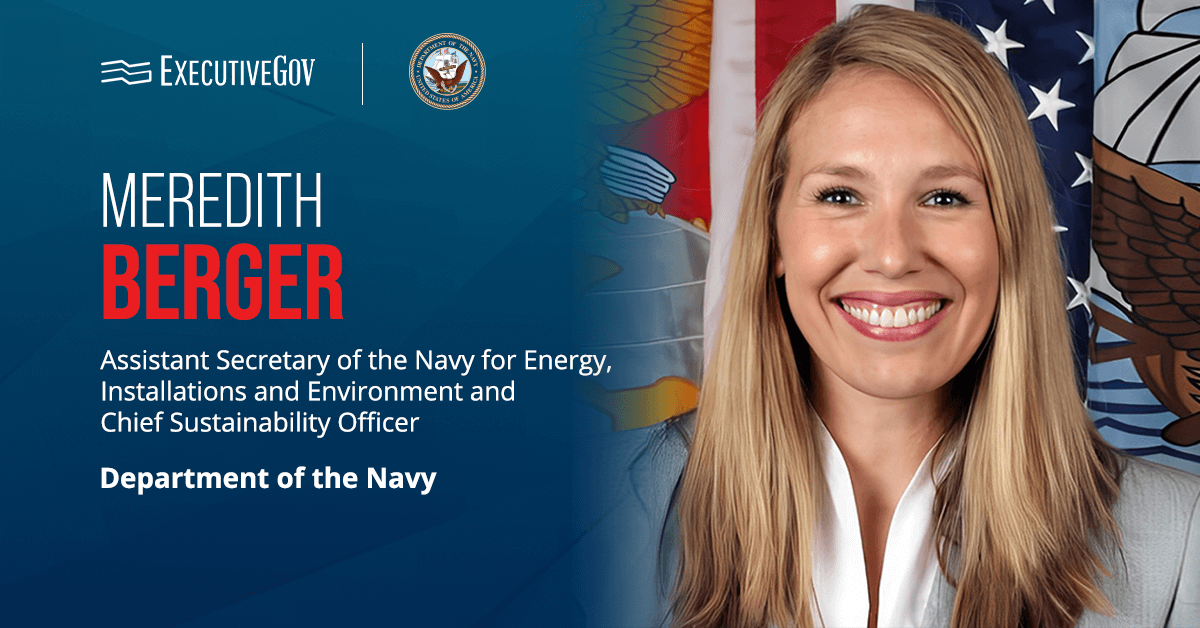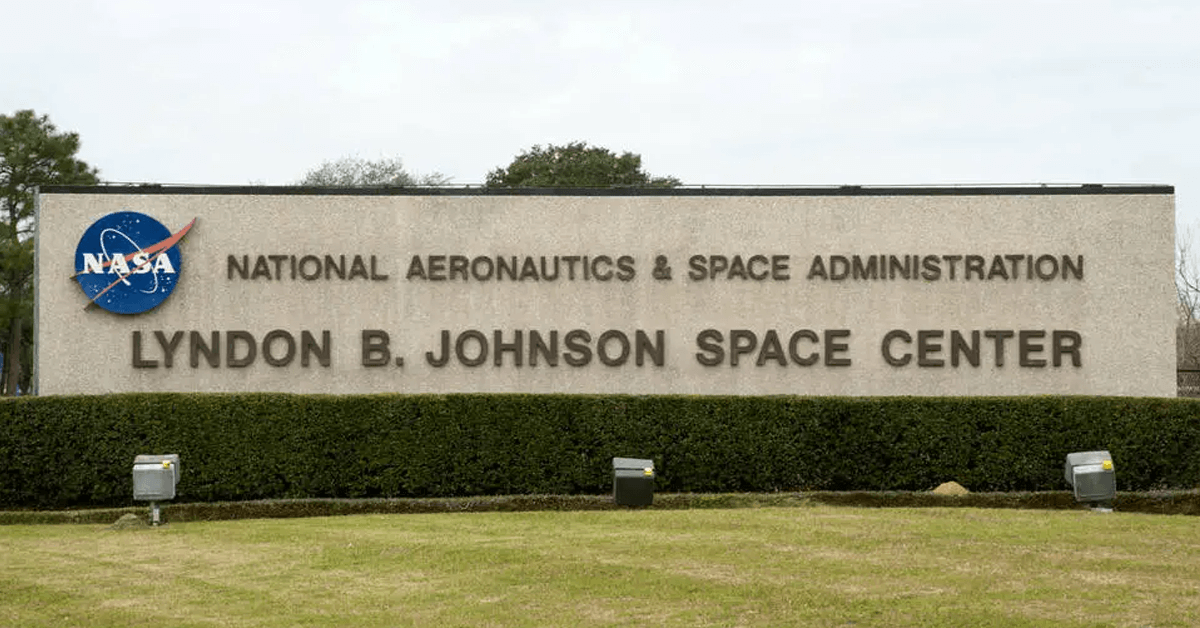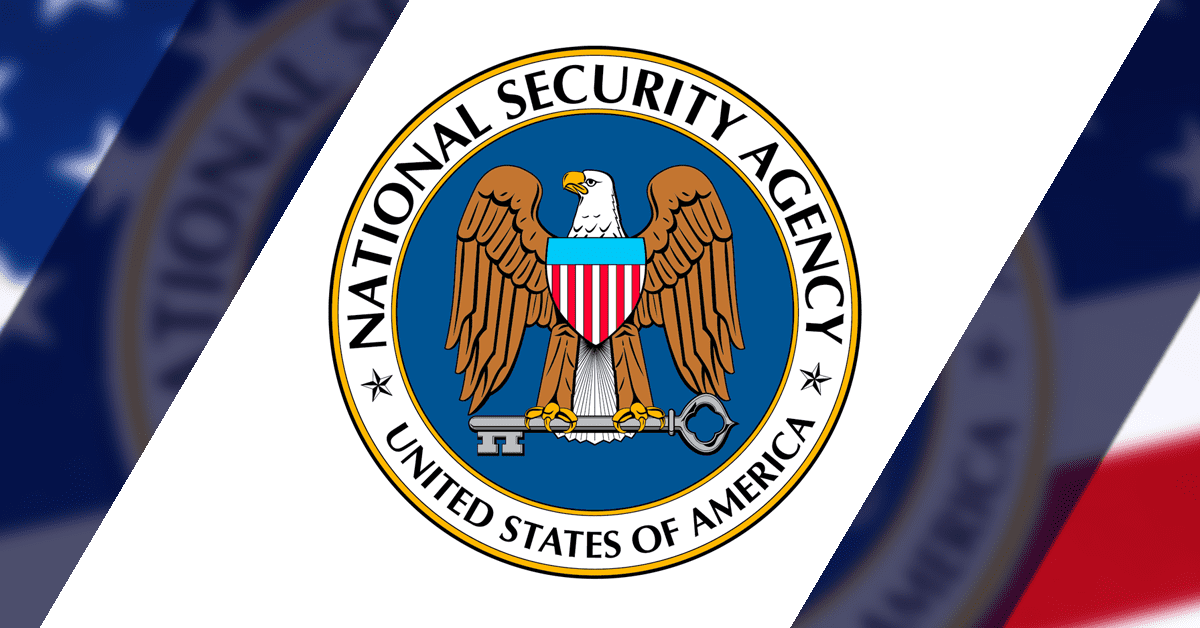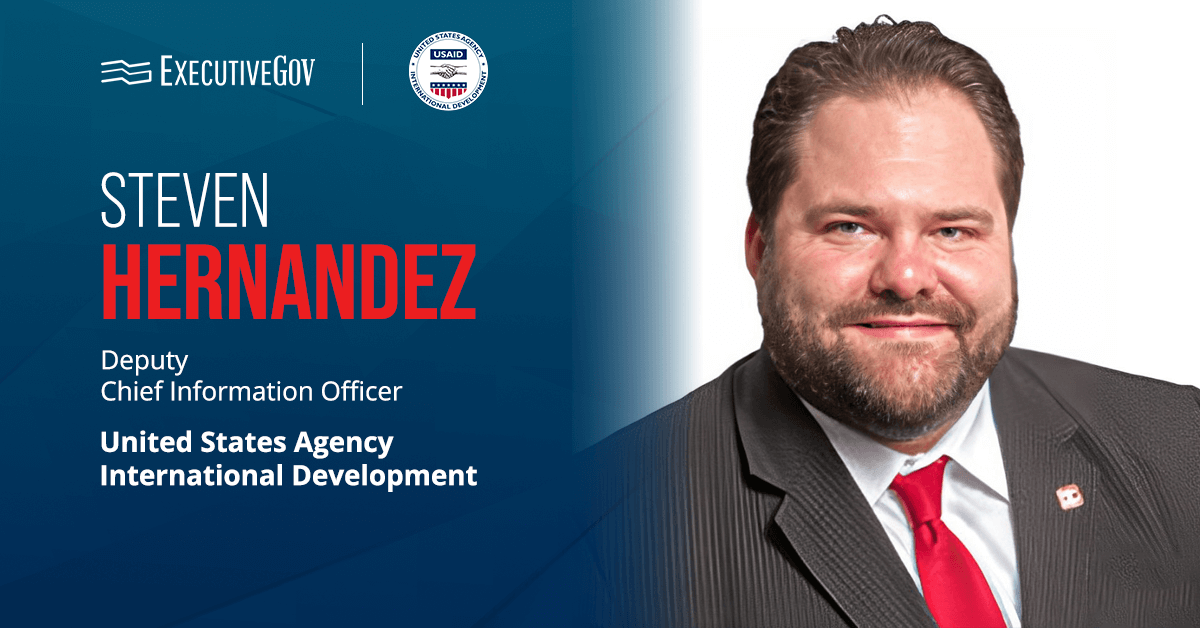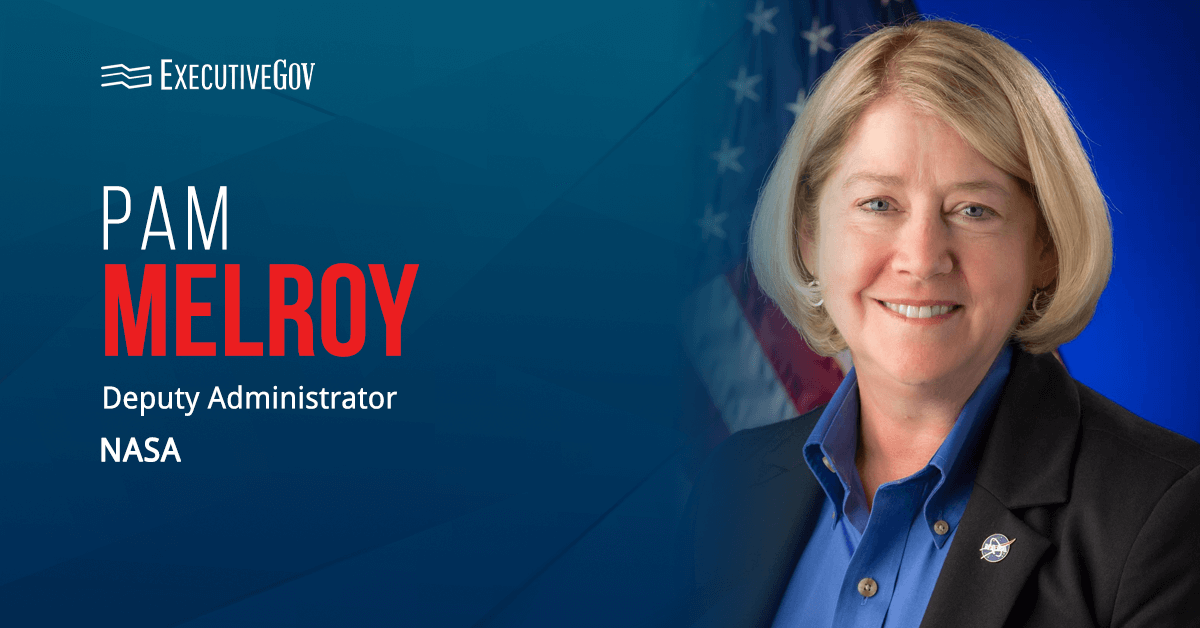The Department of the Navy has made public a new memorandum developed to reduce technical debt across installations. In a press release published Thursday, the Navy said the document aims to strengthen mission readiness and advance sustainability across the organization.
Meredith Berger, assistant secretary of the Navy for energy, installations and environment and chief sustainability officer, collaborated with Jane Overslaugh Rathbun, chief information officer at DON and a Wash100 winner, to create the memorandum titled CSO Serial Six: Technical Debt.
Mitigating Vulnerabilities Through Modernization
A technical debt refers to outdated systems that create cyber vulnerabilities and impact operational efficiency. The CSO Serial Six memorandum plans to remedy the issue through four actions, starting with exercises to find vulnerabilities in military systems, test responses to cyber incidents and strengthen cybersecurity.
The CSO also recommended investing in new technologies that not only improve workforce productivity but also boost energy efficiency and overall sustainability. According to the memo, outdated systems cause various challenges such as frequent disruptions and downtime. The adoption of cloud services, for example, can eliminate downtime and facilitate collaboration, leading to more streamlined operations.
The memo also calls for the use of innovative cooling technologies and the implementation of responsible electronic equipment practices. Both actions support the DON’s sustainability goals.
“These actions will provide more reliable and efficient systems, which will enhance mission readiness, operational cost efficiency, and increase user productivity,” said Berger. “Through sustainability, we support an agile, resilient, and ready force equipped to meet the demands of today’s missions and stay ahead of future requirements.”
The CSO Serial Six: Technical Debt is the sixth memorandum Berger’s office has published. The first five memoranda focused on infrastructure resilience, water security, nature-based resilience, sustainable supply and acquisition, and shore energy and decarbonization.


